
MALIKA FAVRE
Malika Favre continually pushes herself to create visually striking and thought-provoking artwork. Influenced by beauty in all its forms, her illustrations exude a distinct French flair despite having been away from Paris for a decade. As she navigates the dynamic world of commercial art, Favre remains committed to creating pieces that evoke emotions and transcend traditional boundaries. As digital resources and upcoming artificial intelligence tools shape the industry, Favre stays true to her artistic vision, creating work that transcends labels and inspires from within.
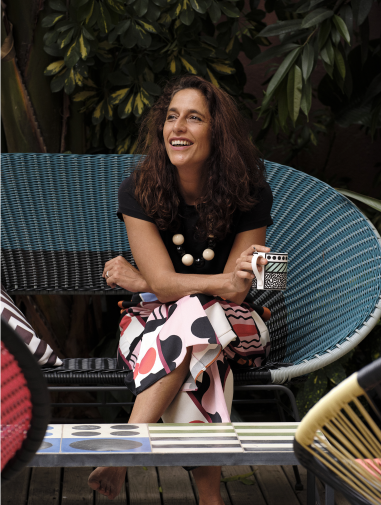
Based in Barcelona, this French artist’s minimal style is often described as a blend of Pop and OpArt, combining femininity, a witty sense of humor, and a bright color palette.
A striking lesson in the use of positive and negative space, her art evokes stories, sensations, and her intimately personal vision of the world, which has established her as one of
Europe’s most sought-after graphic artists.
How do you approach a cross-boundary illustration? Why is it crucial to blend creative disciplines?
By essence, any artist is multidisciplinary. We are all made of the things we grew up with, those that touched and inspired us. Personally, crossing disciplines doesn’t really happen in terms of style as such, but rather in terms of what inspires me. My illustration is a blend of graphic design, my love for movies, and a cinematic approach with dramatic angles and lighting influenced by cinema. There is also a strong presence of geometry in my work, which stems from my love for mathematics. I believe that blending creative disciplines is what truly makes an artist’s work interesting—the combination of all those different parts that have shaped them into who they are.
Through chromatic combinations, your art impacts worldwide. How significant is color in your style?
Color plays a central role in my artwork and has greatly contributed to the visual recognition of my style and voice. This stems from my childhood, growing up in a home filled with my mom’s vibrant objects. I have always been particularly sensitive to bold colors, finding primary hues especially uplifting. From a young age, I became aware of the profound influence that color has on the emotional response to an image, and it began to integrate itself as an integral part of the storytelling process. I utilize colors as a narrative element, adding an additional layer to the stories I aim to convey.
How do you translate your personal vision of the world into your art?
As an illustrator, having the ability to draw inspiration from deeply personal subjects and themes is a luxury. Fifteen years ago, many illustrators were often expected to stylize their work. However, in today’s contemporary illustration scene, there is a flourishing interest in experiencing an illustrator’s unique vision through their artwork. This is ideal for me, as I have a multitude of things to express and share.
How does illustration allow you to create a space for new realities and perspectives to emerge?
What is beautiful about illustration is that you can draw anything you want, invent worlds and cheat on reality much more than with traditional photography. In a lot of my work, there are a lot of purposeful imperfections: a shadow might go the wrong way, the perspective of a space might be impossible. It is the notion that illustration grants the power to bring forth virtually anything that one can imagine, which truly drew me to this medium.
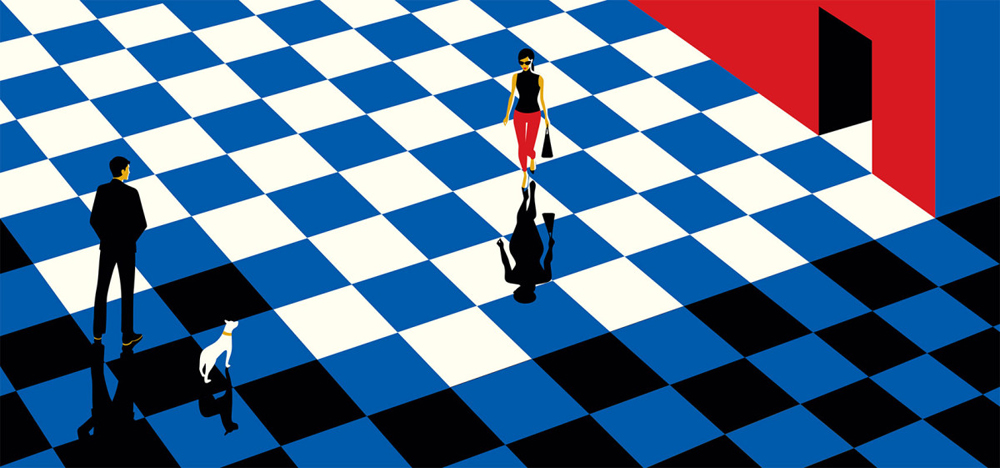
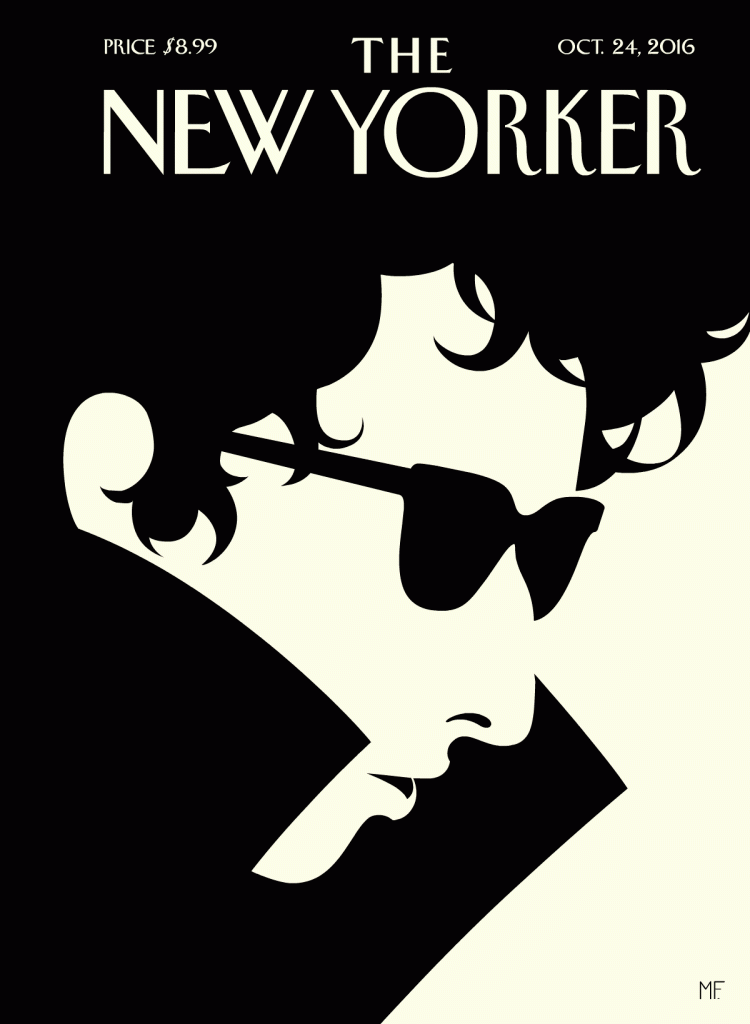
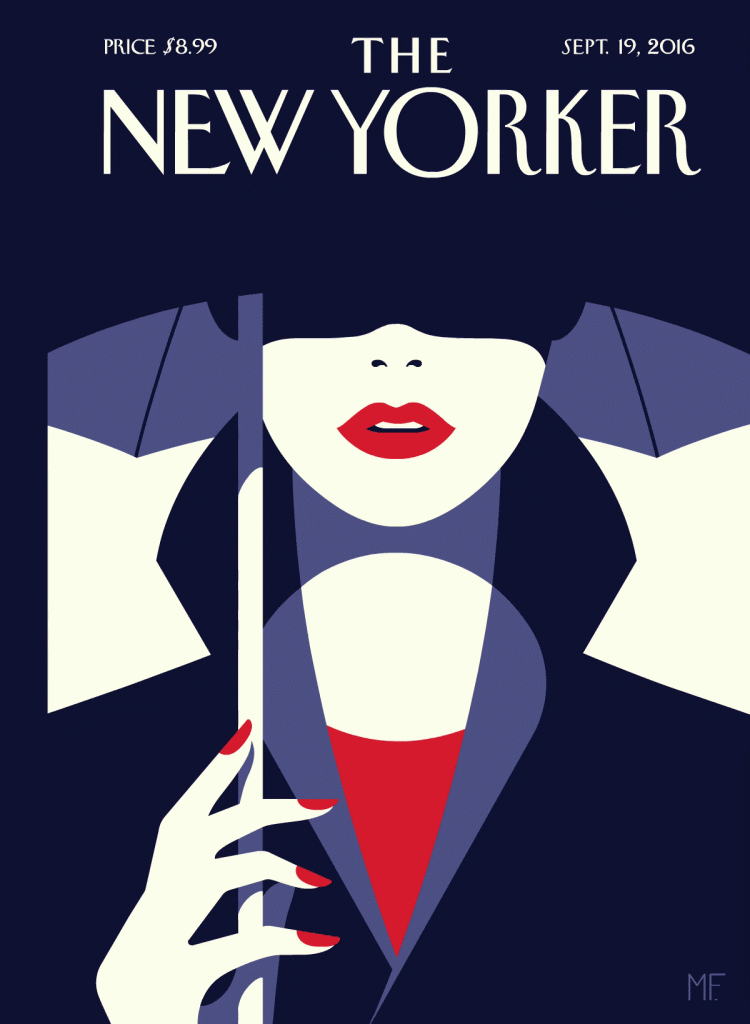

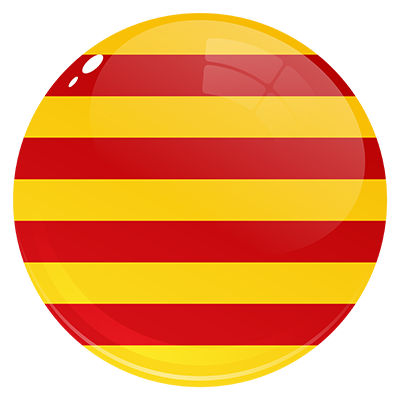 CA
CA
 ES
ES